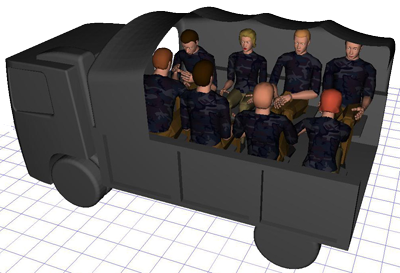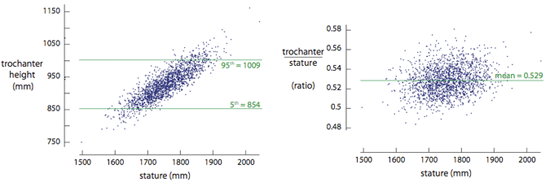
by mbp11 | Jan 1, 2010 | Publications
Anthropometric measures that accurately represent the target user population are essential to effective designing for human variability, yet the available anthropometric data are drawn from populations that are substantially dissimilar from the target populations for...

by mbp11 | Jan 1, 2009 | Publications
People interact with many different spaces on a daily basis: subway cars, offices, restaurants, and classrooms are examples of just some of these. However, these spaces and products that are meant to make lives more comfortable and efficient often do just the...

by mbp11 | Aug 3, 2008 | Publications
Anthropometric data are widely used in the design of chairs, seats, and other furniture intended for seated use. These data are valuable for determining the overall height, width, and depth of a chair, but contain little information about body shape that can be used...

by mbp11 | Aug 3, 2008 | Publications
Designing for human variability frequently necessitates an estimation of the spatial requirements of the intended user population. These measures are often obtained from “proportionality constants” which predict the lengths of relevant anthropometry using...

by mbp11 | Jun 17, 2008 | Publications
This paper advances a method of extrapolating, to target populations, inter-relationships in the anthropometry of an existing population database. Previous methods, including those that are based on using proportionality constants and those that involve developing...





